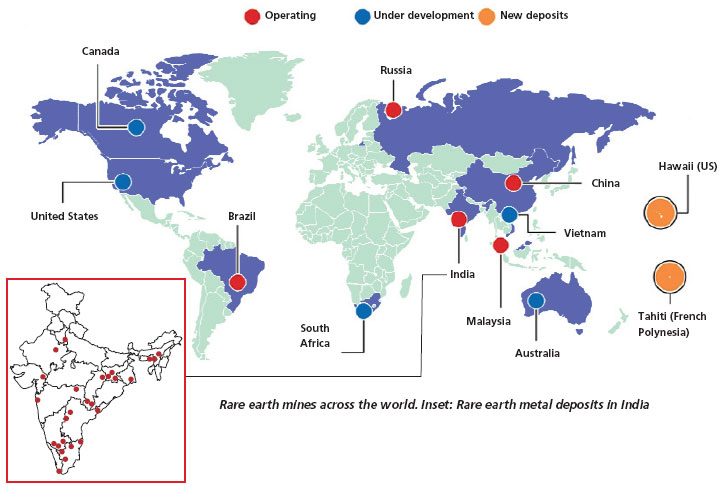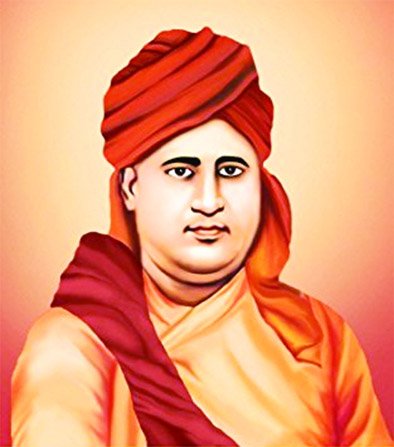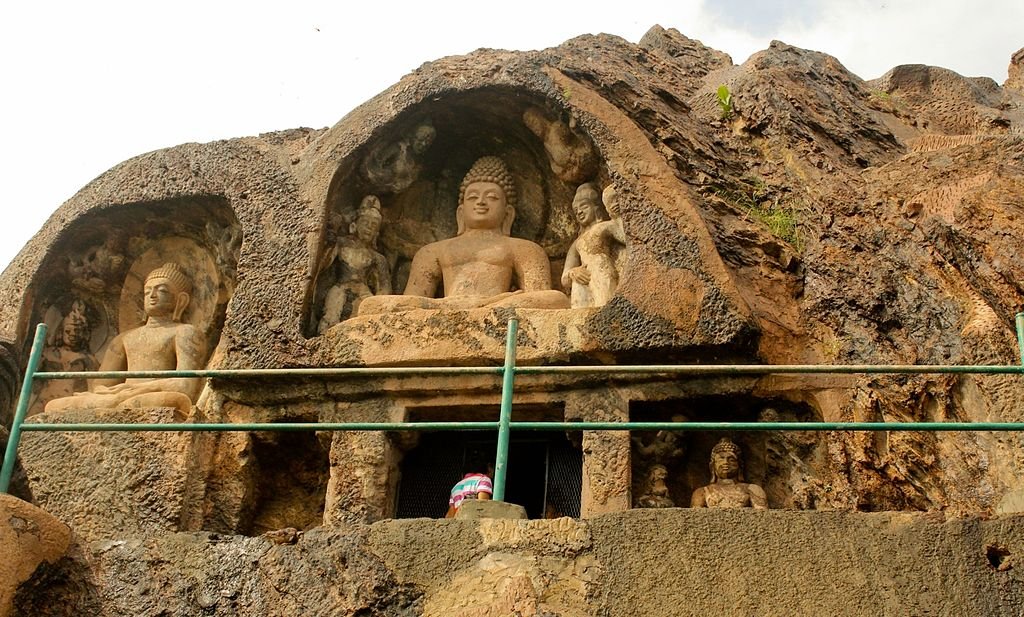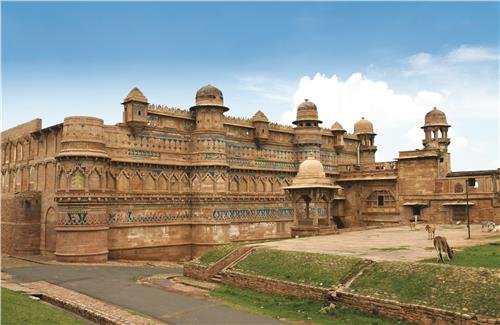
Ram Mandir Movement
Subscribers of "Current Affairs" course can Download Daily Current Affairs in PDF/DOC
Subscribe to Never Miss an Important Update! Assured Discounts on New Products!
Must Join PMF IAS Telegram Channel & PMF IAS History Telegram Channel
- Context (IE): The Ram Mandir consecration ceremony took place in Ayodhya.
- It is seen as the result of a decades-long Ram Janmabhoomi Movement.
Evolution of Movement
Medieval Period
- Marathas demanded Ayodhya, Kashi and Mathura from the Nawab of Awadh in 1751 and 1756.
- Later, with defeat in the third battle of Panipat (1761), the Marathas become irrelevant.
British Period
- First judicial submission: Hafizullah in Faridabad court (1822) submitted the presence of a mosque built by Babar on the birthplace of Lord Ram, near Sita Rasoi.
- During British Rule, a railing separated the places of worship and separated the Mosque and a platform for Hindus.
- Hanumangarhi Riots (1855): As per Major General GD Outram’s report to Nawab Wajid Ali Shah, “Hindus led by Naga Sadhus and Bairagis secured Janamsthan and Hanuman Garhi, after a clash between Hindus and army led by Shah Ghulam Hussein“.
- 1856 Attack: Hadiga-I-Shuhuda, written by Mirza Jan, records an attack on the Ram Janmabhoomi by Amir Ali Amethawi in 1856, but British troops killed the attacker.
- 1858 FIR: Mohammad Salim filed an FIR against Nihang Sikhs for installing the Nishan Sahib, performing a havana, and writing ‘Ram’ inside the Babri Masjid.
- 1885: Mahant of Janmasthan Raghubar Das sought court permission to build a temple at the Ram Chabutra near the Babri Masjid but within the complex, but it was dismissed.
Post Independence Period
- 1949 Petition: The UP government received a petition for temple construction. The Faizabad administration reported that the land belonged to the government.
- Hindu Mahasabha Resolution 1949: It called for the ‘liberation’ of Ram Janmabhoomi at Ayodhya, Krishna Janmabhoomi at Mathura and Vishwanath at Kashi.
- Idol in mosque: On December 22-23, 1949, the idol of Ram Lalla was supposedly placed in the mosque by Abhiram Das (born Abhinandan Mishra and later became ascetic as per Liberhan Commission).
- Failed attempts to remove the idol: Then PM Jawahar Lal Nehru directed to remove the idol. District magistrates and local MLAs declined to follow.
- Acquisition by Municipal body occurred later with Ram idol inside.
- Demand for restoration of Ayodhya: Former UP minister Dau Dayal Khanna demanded the restoration of Ayodhya, Kashi and Mathura to the Hindus from the Indira Gandhi government.
- Vishwa Hindu Parishad Dharma Sansad 1984 reiterated the demand for liberation, forming “Ram Janmabhoomi Mukti Yagna Samiti”.
- Opening of locks, December 1986: Faizabad district judge KM Pandey ordered the opening of the locks of the Babri Masjid and permitted Hindus to offer prayers therein.
- February 1986: All-India Muslim Personal Board meeting in Delhi urged parties to support their demand for the handover of Babri Masjid to Muslims.
- February 3, 1986: Hashim Ansari (On behalf of the Sunni Waqf Board) moved to Allahabad High Court against the Faizabad court decision seeking possession of Babri mosque.
- February 1986: The Babri Masjid Action Committee was formed in Lucknow.
- Later, in December 1986, the All-India Babri Masjid Conference was held under the leadership of Syed Shahabuddin, creating the Babri Masjid Movement Coordination Committee (BMMCC).
- Shilanyas movement 1989: It was launched by VHP, gathering consecrated bricks (Ram Shila) from all over the country. The government allowed it.
- November 10, 1989, was decided to be the day for the Shilanyas.
- Palampur resolution 1989: It called for a negotiated settlement or legislation without court interference on the land.
- November 9, 1989: The foundation-laying ceremony was held, and Kameshwar Chaupal, a Dalit, laid the first Ram Shila.
- Rath Yatra 1990 from Somnath to Ayodhya was carried out with violence and police killings at many places.
- Demolition Day 1992: A mob demolished the Babri Masjid, and the UP government was dismissed.
- Acquisition of Certain Areas at Ayodhya Act 1993: It gave the government the authority to acquire 67.03 acres of the disputed Ram Janmabhoomi-Babri Masjid land.
- Presidential reference under Article 143 (1) of the Constitution to determine to determine the old status of the temple was also raised.
- Justice Liberhan Commission Report 2009: It indicated demolition was not spontaneous. Consequently, a case was registered against the leaders. Later, they were acquitted.
- Allahabad High Court Judgement 2010: It divided the land in a 2:1 ratio to Shri Ram Lala Virajman and Nirmohi Akhara and Sunni Central Waqf Board, respectively. Later, it was challenged in the Supreme Court.
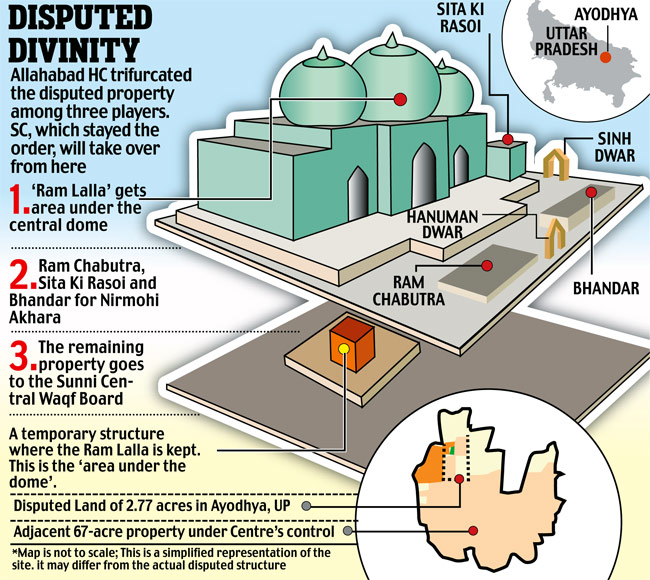
- Supreme Court Judgement 2019: A five-judge bench of the Supreme Court unanimously awarded the entire disputed land to the Hindu petitioners for a Ram temple at Ayodhya. It also directed the allotting of alternate land for the mosque.
- Shri Ram Janmabhoomi Teerth Kshetra Trust was formed following the judgement to carry out the construction.





![PMF IAS Environment for UPSC 2022-23 [paperback] PMF IAS [Nov 30, 2021]…](https://pmfias.b-cdn.net/wp-content/uploads/2024/04/pmfiasenvironmentforupsc2022-23paperbackpmfiasnov302021.jpg)
